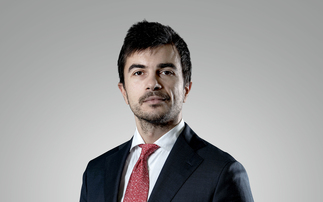Today many investors have recognised that a sizable allocation to alternatives can give a much needed boost to portfolios.
AJ Somal, a financial adviser at Aurora Financial Planning, says that among his clients: "There has been a shift to investing in alternative assets, and a move away from traditional asset classes like bonds and equities."
He adds: "My clients have been investing in property (buy-to-let), peer-to-peer lending, and buying premium bonds - with the latter to mitigate tax."
The alternative funds chosen for a portfolio depend on the role they are expected to play and how granular a portfolio manager's fund selection and asset allocation are. Do they sit in an ‘alternatives' allocation? Are they included under a ‘diversification' heading? If they are more directional, do they actually sit in a portfolio's equity risk budget?
No longer niche
In 2016, 344 new alternative funds were launched, compared to 10 in 1997. And further growth is on the horizon: a 2018 report by data tracker Prequin, The Future of Alternatives, predicts that the alternative investment industry will reach AUM of $14 trillion by 2023 - up from $8.8 trillion at the end of 2017. Much of this has been driven by the quest for diversification in an evolving market environment.
Equities and bonds are often characterised by an inverse relationship - meaning that when equity prices rise, bonds fall. However, this relationship can sometimes reverse, while factors such as regulatory changes and the impact of monetary policy have led to higher risks for both asset classes.
This has the effect of increasing the appeal of alternatives, which typically have low correlation to traditional asset classes - and to different assets that fall under the ‘alternatives' umbrella.
At the same time, factors such as lower forward-looking return expectations and concerns about the prospect of a recession are contributing to interest in this sector. All of this means that alternatives have a role to play in most investment portfolios.











